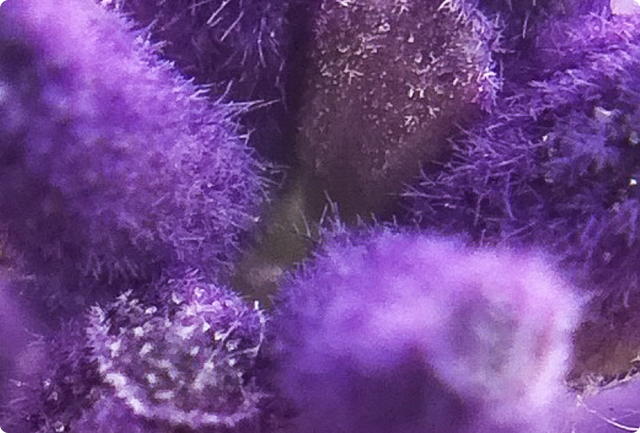About the Oil
Spearmint essential oil is steam-distilled from the leaves of Mentha spicata, a soft-leaved perennial mint native to Europe and Asia and now widely cultivated around the world. Its gentle, uplifting aroma has made it a favorite in both culinary and therapeutic traditions.
Unlike peppermint, spearmint is low in menthol and dominated instead by carvone, a monoterpene with powerful antioxidant and antimicrobial benefits. The oil is best known for supporting digestion, calming the nervous system, and soothing the skin.
Why You Would Use Spearmint Essential Oil
Spearmint is a fresh and vibrant option when you’re looking to:
- Support healthy digestion or soothe nausea
- Uplift mood and refresh mental clarity
- Ease muscle tension or aches with gentle topical application
- Add a bright, sweet note to diffuser or skincare blends
- Support oral health and freshen breath
Clinical Findings
| Study | Participants & Methods | Key Results | Reference |
|
Natural Pain Relief |
Clinical application in osteoarthritis patients |
Topical application of Menta spicata oil significantly reduced pain intensity, supporting its use as a gentle, plant-based analgesic for joint discomfort. |
Mahboubi, 2017 |
|
Constituent Profile |
GC-MS analysis of Brazilian-grown Menta spicata |
Spearmint oil is rich in carvone (67.1%) and limonene (14.3%), known for their calming, antimicrobial and digestive-supporting effects. |
Scherer et al., 2013 |
|
Antioxidant Power |
DPPH assay on essential oil and methanol extract |
The methanol extract showed strong antioxidant activity (AAI = 2.08), supporting potential cellular protection from oxidative stress. |
Scherer et al., 2013 |
|
Antibacterial Efficacy |
MIC and inhibition zone analysis on various bacteria |
Spearmint oil achieved 100% inhibition of Staphylococcus aureus at just 0.67 mg/mL-highlighting its strong defense against harmful skin and respiratory bacteria. |
Scherer et al., 2013 |
Behind The Science (Made Simple)
The primary active component in spearmint oil is carvone, which gives the oil its sweet, clean aroma and many of its functional benefits. Here’s what carvone does in the body:
- Acts as an antimicrobial agent, particularly effective against Gram-positive bacteria like Staphylococcus aureus
- Supports digestive health by calming muscle spasms in the GI tract
- Offers a gentle uplifting effect on the nervous system, making it ideal for fatigue or brain fog
Unlike peppermint, spearmint is low in menthol, making it a better option for those with sensitivities to strong mint oils.
How and Where It Grows
Spearmint thrives in temperate regions and is cultivated in Brazil, the U.S., India, and the Mediterranean. The leaves are typically harvested just before flowering for optimal oil content, then steam distilled. Brazilian spearmint varieties in particular show high concentrations of carvone, contributing to both quality and efficacy.
Use in Ancient Medicine
From the time of the Greeks and Romans to Traditional Chinese Medicine, spearmint has been used to ease stomach upset, headaches, and nervous tension. It was also brewed into teas to freshen breath, improve clarity, and as a gentle remedy for children’s digestive concerns.
Symbolism
Spearmint symbolizes clarity, renewal, and kindness. Associated with the heart and throat chakras, it encourages honest communication and emotional balance. It is considered a plant of hospitality and healing — offering cool clarity when the mind or body feels overheated.
INFORMATION provided is intended for informational purposes only and is not meant to diagnose, treat, cure, or prevent any disease. Statements have not been evaluated by Health Canada or the FDA. Please consult a qualified healthcare provider before using essential oils for therapeutic purposes.
References
- Scherer, R., Lemos, M. F., Lemos, M. F., Martinelli, G. C., Martins, J. D. L., & da Silva, A. G.(2013). Antioxidant and antibacterial activities and composition of Brazilian spearmint (Mentha spicata L.). Industrial Crops and Products, 50, 408–413. https://doi.org/10.1016/j.indcrop.2013.07.007
- Tisserand, R., & Young, R. (2014). Essential Oil Safety: A Guide for Health Care Professionals (2nd ed.). Churchill Livingstone Elsevier.
- Mahboubi, M. (2017). Mentha spicata as natural analgesia for treatment of pain in osteoarthritis patients. Complementary Therapies in Clinical Practice, 26, 1-4.








